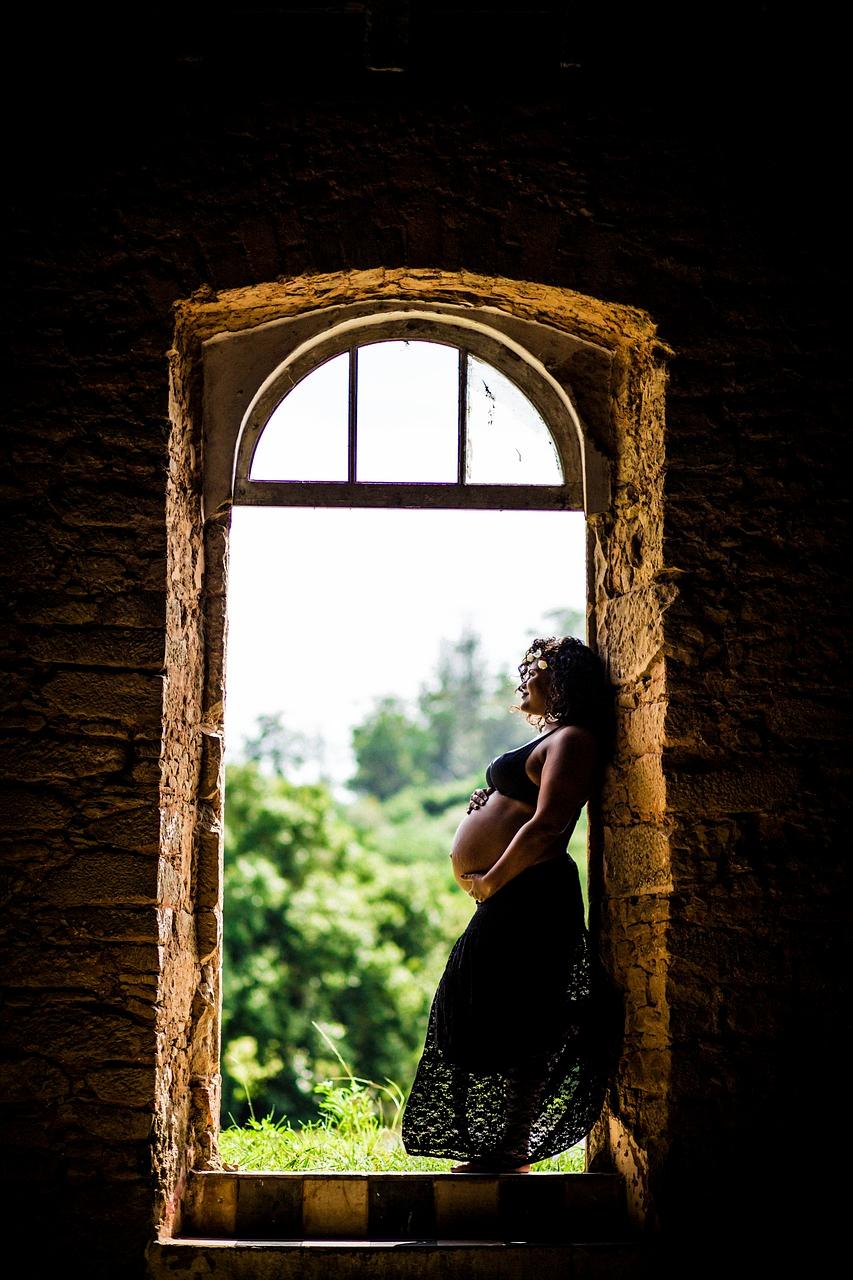One of the most common questions that expecting mothers have is how to calculate their pregnancy period. Understanding the duration of pregnancy is crucial for monitoring the growth and development of the baby, as well as preparing for the arrival of the little one.
Factors to Consider
When it comes to calculating your pregnancy period, several factors come into play. A typical pregnancy lasts about 40 weeks, which is equivalent to 280 days. It is important to note that this timeline is based on the assumption that the pregnancy starts on the first day of the last normal menstrual period.
Determining Your Due Date
To calculate your estimated due date, you can follow a simple three-step process. The first step is to determine the first day of your last menstrual period. This serves as the starting point for calculating your pregnancy period.
Counting Backwards
Once you have identified the first day of your last menstrual period, the next step is to count back three calendar months from that date. This step helps in establishing a more precise estimate of when you might expect your baby to arrive.
Adding Seven Days
After counting back three months, the final step is to add seven days to the date you arrive at. This adjustment accounts for the variability in the number of days in each month and helps refine your estimated due date even further.
Consulting with Your Healthcare Provider
While these steps provide a general guideline for calculating your pregnancy period, it is important to consult with your healthcare provider for a more accurate assessment. Your healthcare provider may use ultrasound measurements and other tools to determine your due date with greater precision.
Tracking Your Pregnancy Progress
Once you have calculated your estimated due date, you can start tracking your pregnancy progress. Regular prenatal check-ups and ultrasound examinations will help monitor the growth and development of your baby, ensuring that everything is progressing as expected.
Preparing for the Arrival
As you calculate your pregnancy period and prepare for the arrival of your little one, it is essential to make necessary arrangements. Setting up the nursery, attending childbirth classes, and discussing your birth plan with your healthcare provider are all steps you can take to prepare for the big day.
Embracing the Journey
Calculating your pregnancy period is just the beginning of the incredible journey of motherhood. Embrace each moment, from feeling those first kicks to holding your baby in your arms for the first time. Cherish the memories and milestones along the way.
Seeking Support
Throughout your pregnancy, remember that you are not alone. Seek support from your partner, family, friends, and healthcare providers. Surround yourself with positivity and encouragement as you navigate the joys and challenges of pregnancy.
Enjoying the Miracle of Life
As you calculate your pregnancy period and await the arrival of your little one, take a moment to marvel at the miracle of life growing within you. Each day brings you closer to meeting your baby and beginning a new chapter filled with love, laughter, and unforgettable moments.
Conclusion
Calculating your pregnancy period is a significant step in your journey to motherhood. By following simple steps and consulting with your healthcare provider, you can determine your estimated due date and prepare for the arrival of your baby. Embrace this special time, seek support when needed, and enjoy the incredible experience of pregnancy.

